There are different ways of expressing gender
All tamariki explore different ways of expressing their gender. Many tamariki don't fit their culture's expectations for boys or girls - such as the clothes they wear, the toys they play with and how they behave.
Tamariki shouldn't feel limited by expectations around their gender. Tamariki should be able to wear the clothes they want and choose the kinds of toys they want to play with.
Allow children to do what feels right for them
Most of these tamariki are comfortable with their sex assigned at birth. But some are not.
For some tamariki, their clothing and play are important ways to express their gender to those around them. Allow tamariki to work out what feels right for them and understand everyone's gender is unique. For some tamariki, gender can be fluid. Be open to wherever your child's gender journey leads.
Listen if your child identifies as a gender different to their sex assigned at birth
When a child asserts their gender as different from their sex assigned at birth, it is important to listen. Transgender children are usually insistent, consistent and persistent in their gender. These tamariki may show distress or discomfort with their physical body.
Some tamariki are aware of their gender diversity from an early age. Others may take some time to figure it out.
Children are very aware of disapproval
Tamariki can be very aware of the disapproval of those around them. They may try and hide their feelings about their gender if met with negative responses.
Sometimes children might need to see a paediatrician or mental health professional
Gender-expansive tamariki, including those who may identify as transgender, don't need medical intervention before puberty. But you may want to talk to a parent support group, peer support or your family doctor about how best to support your child or family member. Sometimes referral to a paediatrician or mental health professional may be necessary. This is particularly important if your child has distress related to gender identity that does not improve with affirming your child.
Supporting your child
Become familiar with the resources that exist
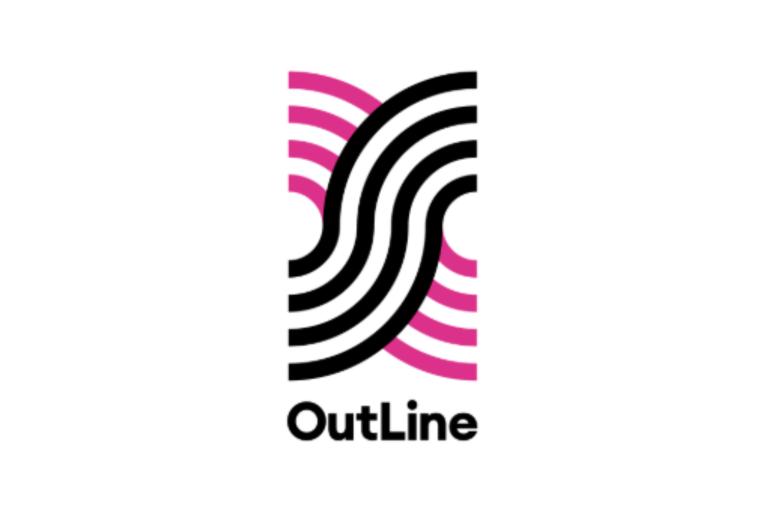
OutLine NZ has a resource guide for parents on ways to talk to your child about about gender and sexuality. You can check out the guide on their website.
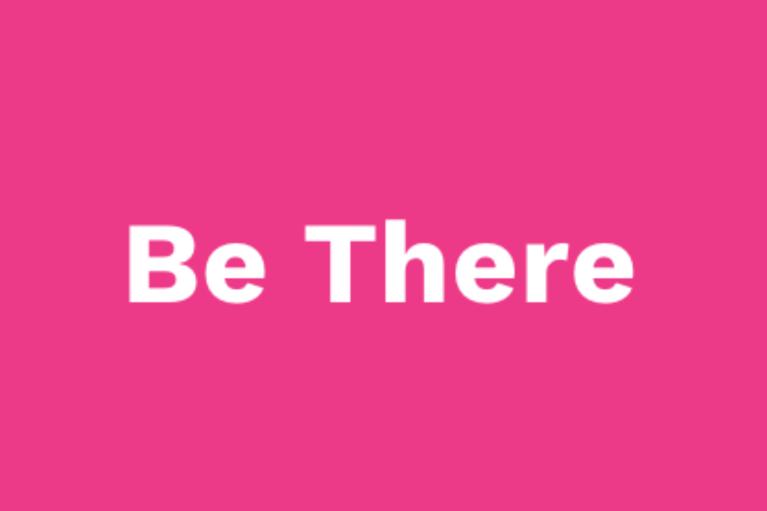
'Be There' is a fantastic resource with lots of helpful tips for whānau to help navigate their own gender journey in order to best support their child. Click on the icons on the website to get all the information.
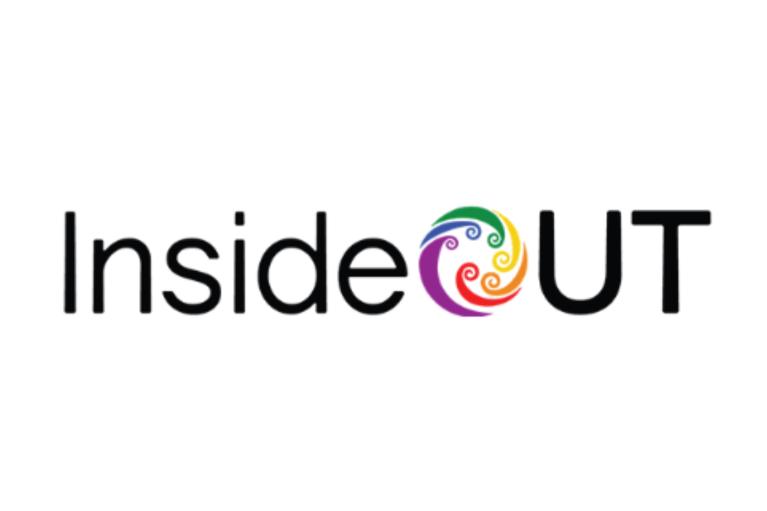
InsideOUT is a national organisation which works with youth, whānau, schools and communities to make Aotearoa a safer place for all rainbow young people to live and be in. Check out their range of resources they've developed for schools.
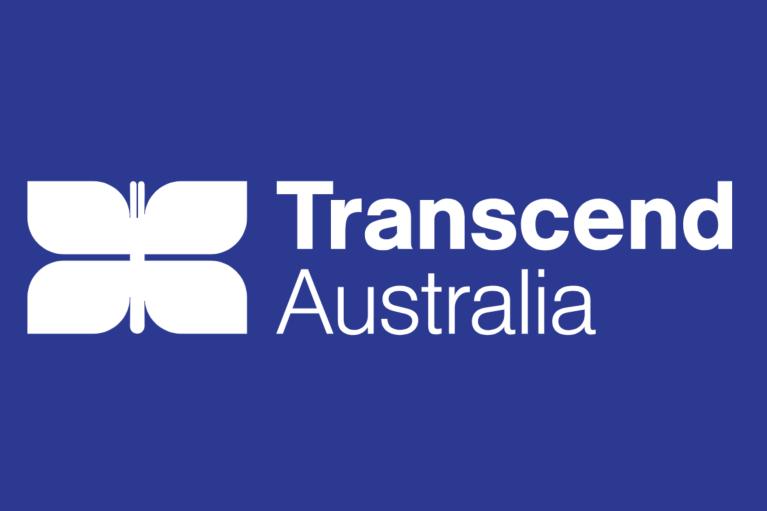
Transcend Australia supports parents and carers navigating the journey of raising transgender and gender-diverse youth, offering understanding, resources, and practical advice.
Follow some simple tips
When your child or teen talks to you about their gender, there are some things you can do to support your child or teen as they explore their gender identity.

See the Be There website for groups and organisations that can support your child and whānau.
Resources for takatāpui and whānau
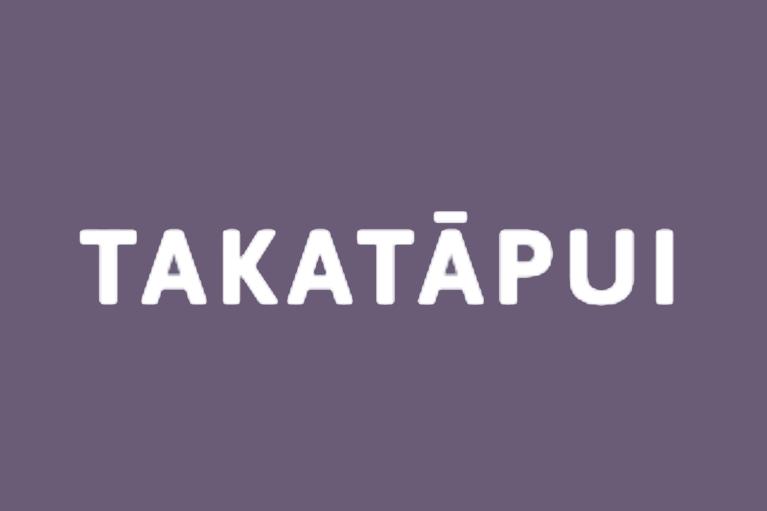
Takatāpui is a traditional Māori term meaning 'intimate companion of the same sex.' It has been reclaimed to embrace all Māori who identify with diverse genders, sexualities and sex characteristics. Check out a resource hub for Takatāpui and their whānau.
Resources for Pasifika young people
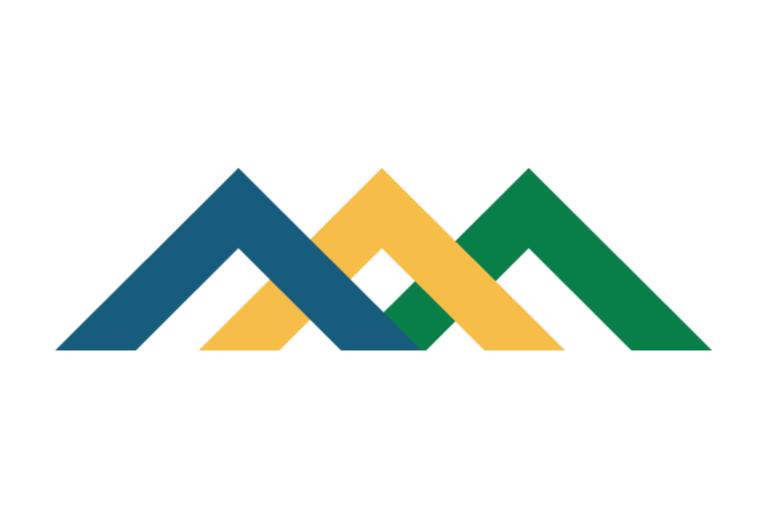
Check out the website of the Village Collective. Their work is about empowering Pasifika youth through healthy relationships, wellbeing and supporting diversity.
See the Village Collective's Rainbow Fale - about building supportive and safe environments for Pasifika Rainbow young people.
The journey of parenting a transgender child
Helpful resources
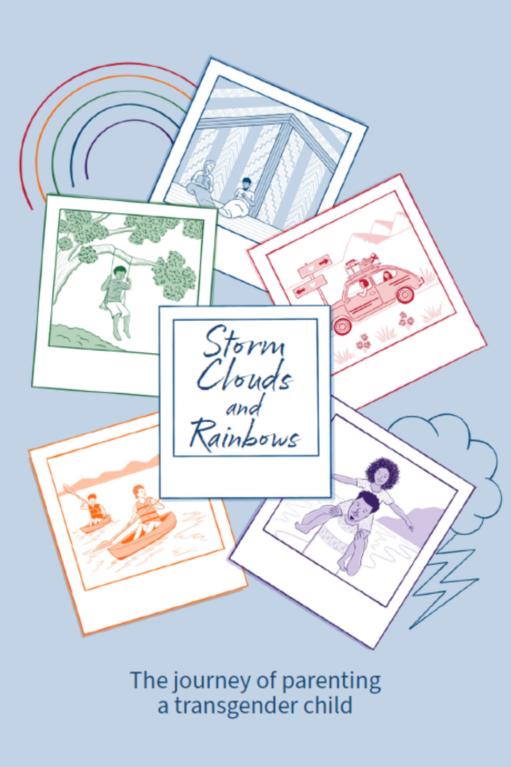
This resource was created in partnership with the Rainbow Support Collective, Aotearoa New Zealand. It offers insights from a parent perspective on how best to support a transgender child. It is based on international research and interviews with parents in Aotearoa of different social and cultural backgrounds. Parents were asked to reflect on their experience of raising a transgender child, exploring both the challenges they face and the joys they encounter. You can read and download this resource from the Be There website.
Resources for parents of younger children
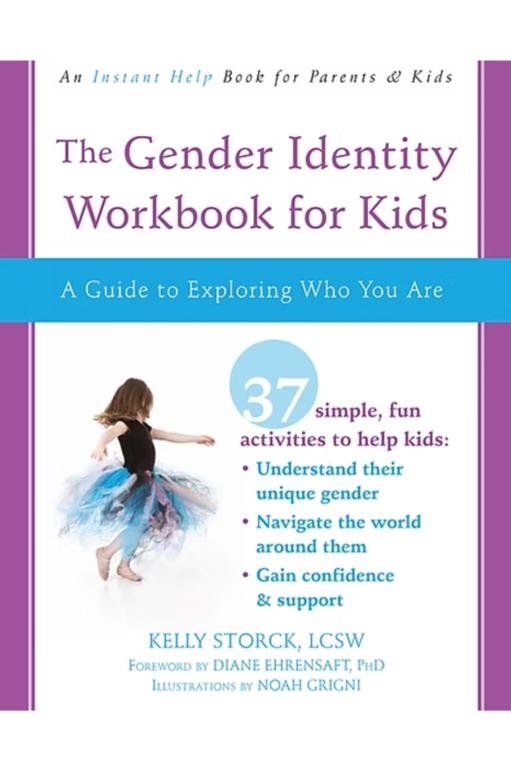
'The gender identity workbook for kids' by Kelly Storck is a great resource for parents to use if they have a child under 12 who is gender exploring or who is trans or nonbinary. It provides an affirming approach to exploring gender and lots of helpful tips and language about navigating a social transition.
You can learn more about the book on Kelly Stork's website. You will need to buy this book.
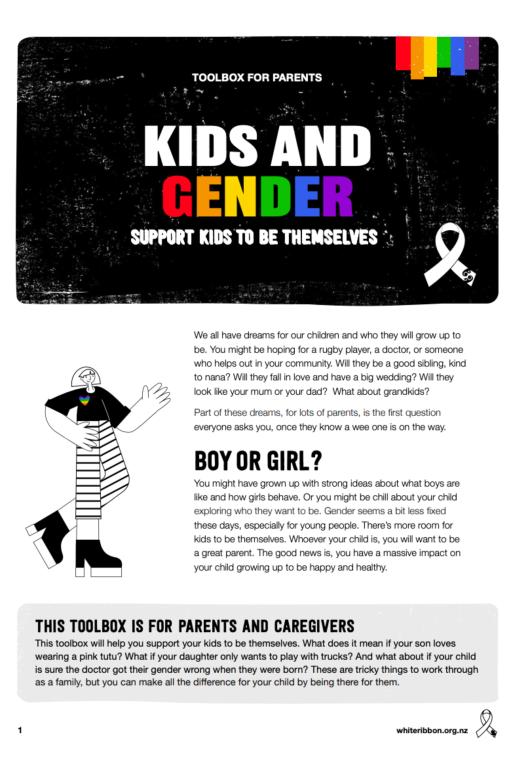
'Kids and gender: Support kids to be themselves' is a toolbox which will help you support your kids to be themselves, by White Ribbon. What does it mean if your son loves wearing a pink tutu? What if your daughter only wants to play with trucks? And what about if your child is sure the doctor got their gender wrong when they were born? These are tricky things to work through as a family, but you can make all the difference for your child by being there for them.
Supporting trans and nonbinary young people in our lives
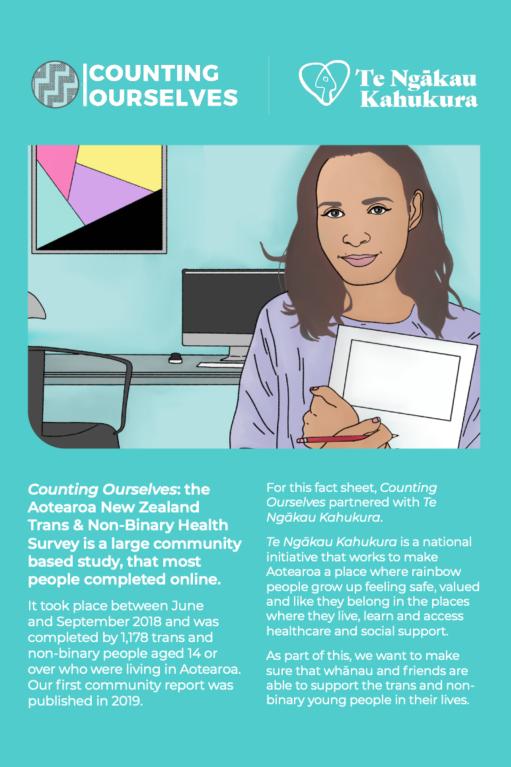
Check a resource from 'Counting Ourselves' and 'Te Ngākau Kahukura'. It looks at what 'Counting Ourselves' research tells us about how trans and nonbinary young people are taking pride in who they are, supporting each other, and receiving support from family, friends and at school. The resource offers suggestions about how whānau and friends can support the young people in our lives to grow up with a sense of belonging and safety. You will find the resrouce on the Counting Ourselves website.
Extra tips and resources for parents supporting teens
Use your teen's chosen pronoun
One of the most important things is to use the pronoun they choose to describe their identity.
A video where young people talk about the best part of people getting their pronouns right, and they give some tips.
Source: InsideOUT
transcribeTranscript
Source: InsideOut
Support their connections
Support your child's connection to gender diverse peers, the community, school diversity groups and local peer support groups. There are a range of organisations that can help connect your child with peers.
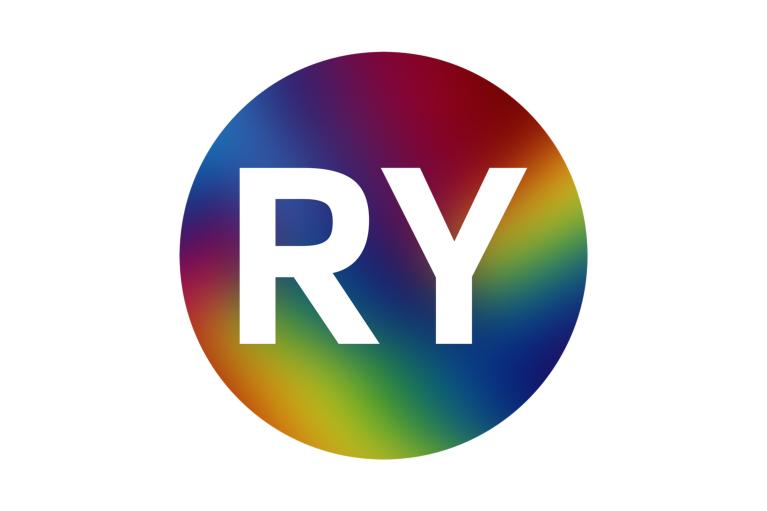
RainbowYOUTH offer one on one support workers in some parts of Aotearoa New Zealand - currently Northland, Auckland, Bay of Plenty, Taranaki and Wellington regions. This is for gender diverse, transgender and gender questioning people or their whānau. There is also one on one support for sexuality.
Find out about RainbowYOUTH's nationwide gender and sexuality support
You just need to complete the form on the RainbowYOUTH website
Get the best support around mood and any anxiety present
Encourage your child or teen's connection to family, to school, to friends and activities, and to culture. A school counsellor can be helpful. For access to further psychological supports in your area, see a health professional.
Make use of online tools and support. Check out the following pages.
Online Tools To Support Mental Wellbeing
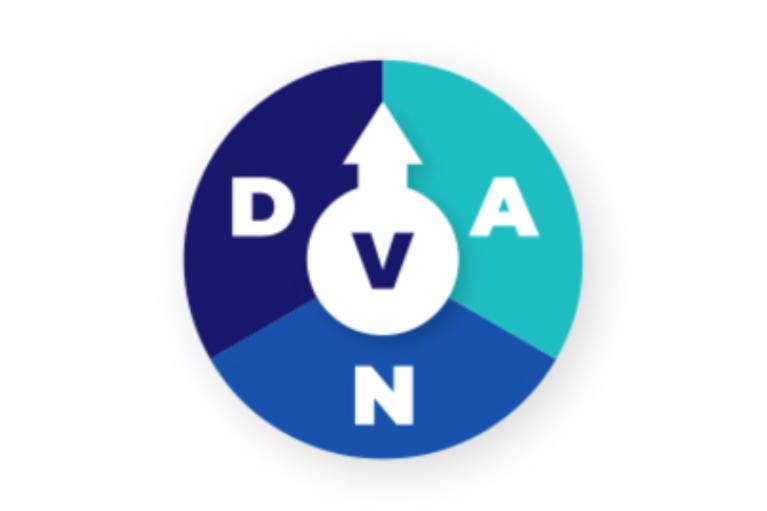
Watch a series of videos which explain DNA-V - a simple way of helping young people learn about the skills they have inside them.
You might also like to check some free DNA-V resources. You can use the worksheets and illustrations from the books 'Your life your way'; 'The thriving adolescent' and 'Get out of your mind and into your life for teens'.

The OutLine support line is 0800 688 5463. It's available every evening from 6pm to 9pm.
OutLine is an all-ages rainbow mental health organisation providing support to the rainbow community, their friends, whānau, and those questioning. OutLine provides a nationwide, free and confidential 0800 support line for people who want to speak to a trained volunteer from the rainbow community.
What may help if your teen is experiencing gender dysphoria?
Gender dysphoria is the distress often felt by trans and nonbinary young people. It's due to the mismatch between their gender identity and their sex assigned at birth.
There's no one way to deal with dysphoria and different things work for different people.
Reach out for your own support
Reach out for support if you need to.
Connect with other parents. See the national online parent group who will have details of local parents' groups.

Check out the RainbowYOUTH website for information on supports available for parents and whānau.

OutLine Aotearoa has a resource guide for parents that includes a listing of support groups and online resources.
Hear young people talk about their experience
Gender Diversity In Children & Young People - Young People's Voices
Gender-affirming medical care
For some young people, feelings about gender identity continue into puberty. Or, they can emerge during puberty. If there is also distress, it's important to see your family doctor. You can find out about the medical supports in your area and the best time to access these.
Puberty blockers are a medicine that can pause the physical changes of puberty. They are generally considered to be a safe and reversible medicine. But, like all medicines, they are only used where potential benefits outweigh any potential risks. Young people can take them from early puberty through to later adolescence. The aim is to help ease distress and allow time to fully explore gender health options. Not all gender diverse children or young people will need or want to start puberty blockers. It is always a considered decision made in partnership with the young person, family and medical team.
Some young people don't need blockers but are keen for medicines to stop periods. Your family doctor should be able to give advice around the options available.
Service providers that can help access gender affirming care include:
- paediatric services
- youth health services
- endocrinologists
- primary health care teams
